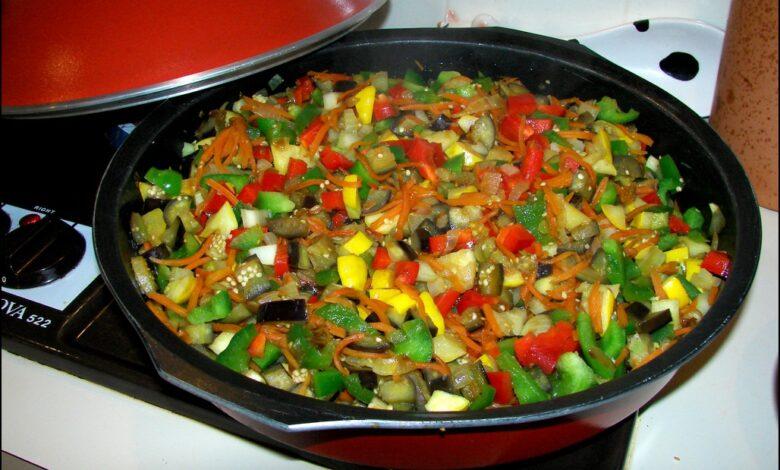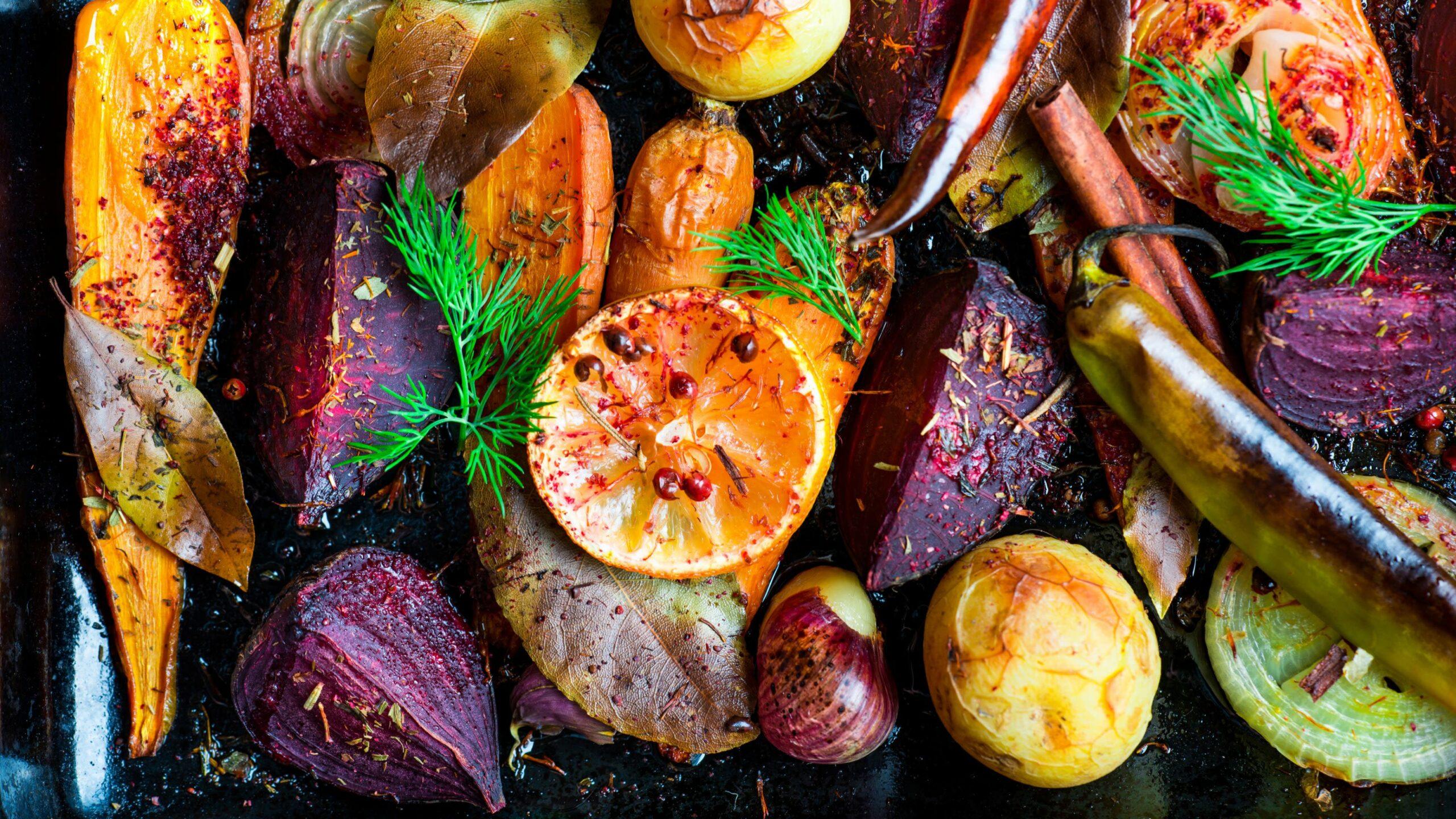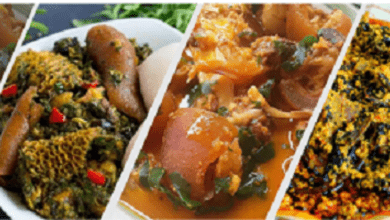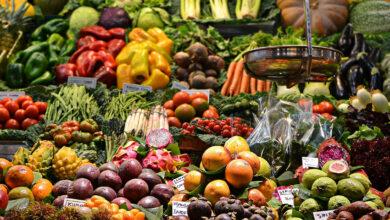
Top 14 Ways To Cook Your Veggies To Keep All Nutrients
Top 14 Ways To Cook Your Veggies To Keep All Nutrients – Eating vegetables is vital for a healthy diet, providing essential vitamins, minerals, fiber and phytochemicals. However, improper cooking techniques can destroy or leach out many of the beneficial nutrients found in veggies. Fortunately, there are several effective cooking methods that allow you to enjoy the great taste of vegetables while maximizing retention of nutrients. This article will outline the top 14 techniques for cooking your veggies that retain the most nutrients.
The Top 14 Ways To Cook Your Veggies To Keep All Nutrients Are:

1. Steaming
Steaming is one of the best cooking methods for preserving nutrients in vegetables. The food is not immersed in water, which can cause water-soluble vitamins like vitamin C and the B vitamins to leach out. The steam heat gently cooks veggies just until fork tender, without overcooking them. Green beans, broccoli, carrots, spinach and cauliflower are great candidates for steaming. Use a metal steamer basket in a covered pot with a couple inches of boiling water for best results.Top 14 Ways To Cook Your Veggies To Keep All Nutrients
👉 Relocate to Canada Today!
Live, Study and Work in Canada. No Payment is Required! Hurry Now click here to Apply >> Immigrate to CanadaRead Also: Top 15 Most Watched Nigerian Video on YouTube
2. Roasting
Roasting vegetables in the oven is a hands-off technique that intensifies their flavor while preserving most of their vitamin and mineral content. Toss chopped veggies in a little olive oil, spread on a baking sheet and roast at 400°F until browned and cooked through. Great veggies to roast include potatoes, sweet potatoes, Brussels sprouts, cauliflower, carrots and beets.Romantic love message
3. Stir-Frying
The quick cooking time makes stir-frying an ideal method for cooking veggies while retaining nutrients. Cut vegetables into small, bite-size pieces and stir-fry them in a wok or skillet over high heat in a little oil for just a couple minutes. Toss continuously for even cooking. Good veggie choices for stir-frying include broccoli, onions, carrots, snap peas, bell peppers and bok choy.Information guide Nigeria
4. Blanching
Blanching is a pretreatment for vegetables that stops enzyme actions that can cause loss of flavor, color and texture. To blanch, briefly boil veggies for 1-3 minutes then plunge them into an ice bath to stop the cooking. Blanching works well for broccoli, green beans, asparagus and spinach. After blanching, the veggies can be frozen or added to recipes.
Read Also: Top 15 Foods for Skin and Hair Benefits
5. Simmering
For vegetables served in soups, stews or braises, simmering the veggies in a flavorful broth is a excellent way to infuse taste while retaining nutrients. Cut veggies like carrots, potatoes, celery and onions into large chunks before adding to the simmering liquid, then cook until tender before serving. Avoid overcooking.
6. Microwaving
Microwaving offers a convenient method for cooking many vegetables. Microwaving uses little water and cooks veggies quickly with high heat, reducing loss of water-soluble nutrients. When microwaving, use a lid or vented plastic cover to allow steam to escape. Cook vegetables just until tender-crisp.NYSC Portal
7. Grilling
The high heat of an outdoor grill caramelizes the natural sugars in veggies, giving them great flavor. Grilling over direct heat works well for vegetables that can hold their shape like corn, bell peppers, potatoes, onions, eggplant and zucchini. Brush veggies with oil and grill until charred and tender.Good morning My Love Message
👉 Relocate to Canada Today!
Live, Study and Work in Canada. No Payment is Required! Hurry Now click here to Apply >> Immigrate to Canada8. Sautéing
Cooking veggies quickly over moderately high heat while tossing them in oil keeps sautéed vegetables tender-crisp and flavorful. Good options for sautéing include sliced onions, mushrooms, carrots, celery, spinach and sliced bell peppers or zucchini. A non-stick pan works best.
Read Also: 15 Best Foods for Digestive Health
9. Stir-Baking
Stir-baking combines sautéing and stir-frying by cooking small pieces of vegetables tossed in oil in a wok or skillet over high heat. Keep the veggies moving frequently for fast, even cooking and retain nutrients. It works well for broccoli, cabbage, onions, bok choy and snap peas.
10. Steam-Frying
Also called water sautéing, steam-frying submerges vegetables in a small amount of boiling water in a covered pan for quick cooking. The method captures steam to cook veggies while retaining nutrients. Good choices include broccoli, kale, chard, green beans and carrots.JAMB portal
11. Braising
Braising involves browning vegetables then simmering them in a small amount of liquid like broth or wine until very tender. The longer cooking time breaks down fiber and makes veggies very soft. Good braising vegetables include carrots, onions, celery, potatoes and greens.
12. Poaching
Simmering vegetables gently in a shallow liquid like broth, wine or juice keeps them moist and tender while minimizing nutrient loss. Artichokes, green peas, carrots baby squash and snap peas all poach well. Submerge prepped veggies in simmering liquid until just tender.
Read Also: Top 15 Schools of Health in Northern Nigeria
13. Roast-Steaming
This method steam roasts veggies in an oven-safe covered dish in the oven. Place chopped vegetables in a baking pan, add a small amount of water or broth, cover tightly and roast at 375°F until tender, tossing once. It works well for broccoli, cauliflower, carrots and snap peas.
14. Boiling/Blanching
While boiling has the downside of leaching nutrients into the cooking liquid, brief boiling or blanching before freezing or adding to dishes helps maintain vegetable color, texture and flavor. Boil cut veggies like green beans, carrots, broccoli and spinach for only 1-2 minutes, then drain and immerse in ice water.
Read Also: 15 Facts About the Amazon Rainforest Animals
Conclusion
The cooking method you choose for vegetables can have a major impact on their nutrient retention. Use steaming, stir-frying, roasting and other quick cooking methods whenever possible to maximize the health benefits of eating your veggies. With so many ways to cook while preserving nutrients, there’s no excuse not to enjoy delicious, nutritious vegetables as part of your daily diet.
Check JAMB Result
Check and Confirm: How much is Dollar to Naira








